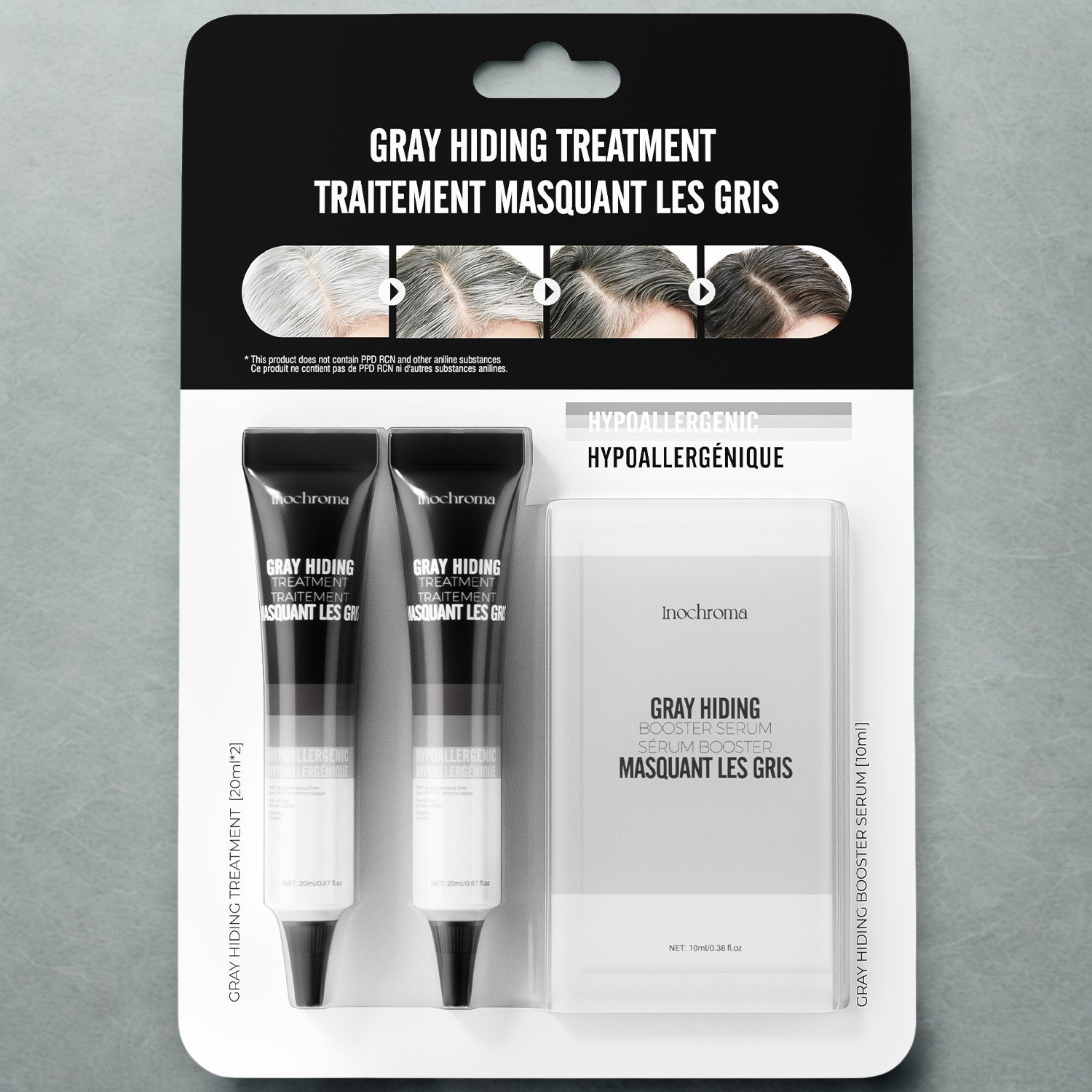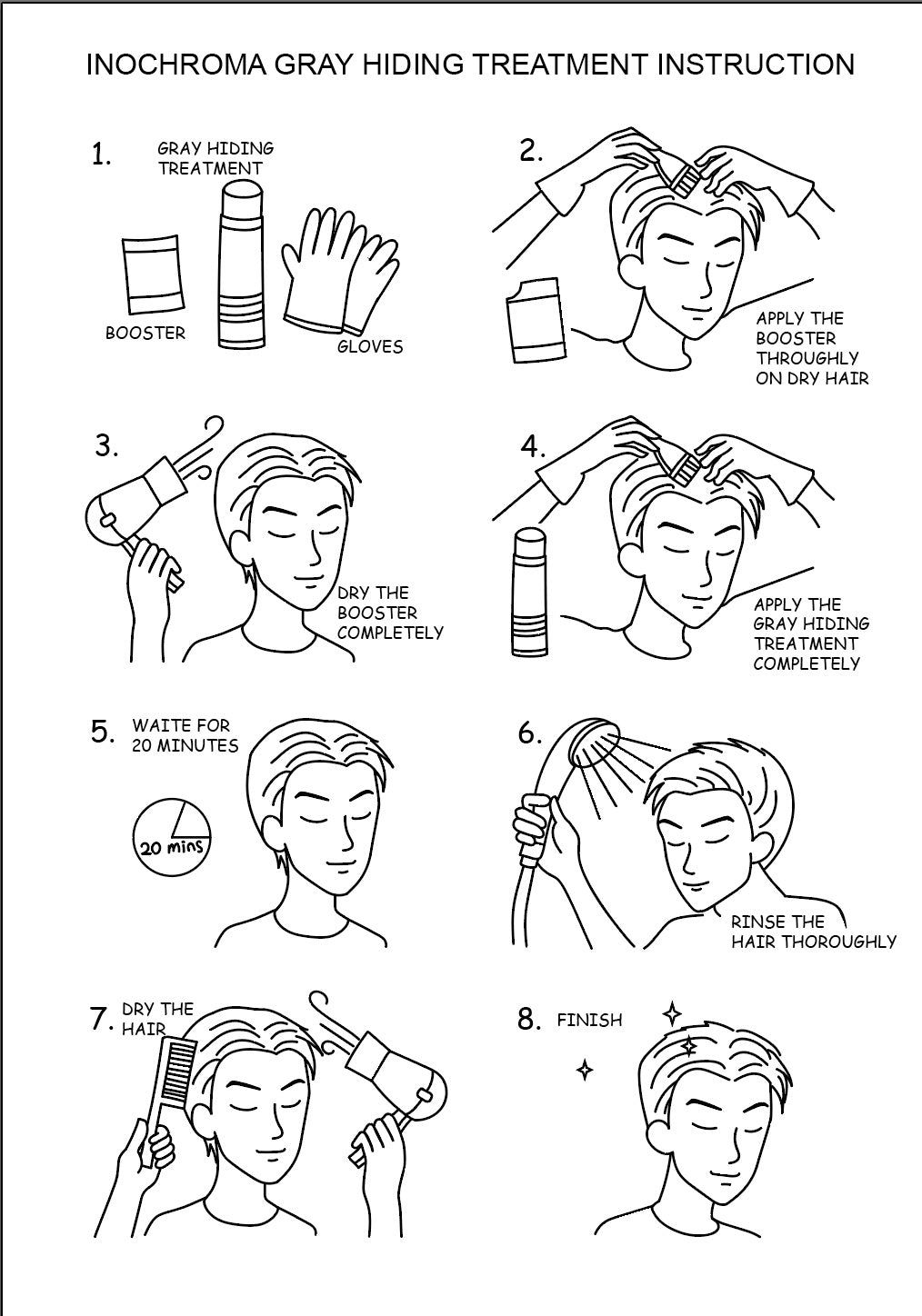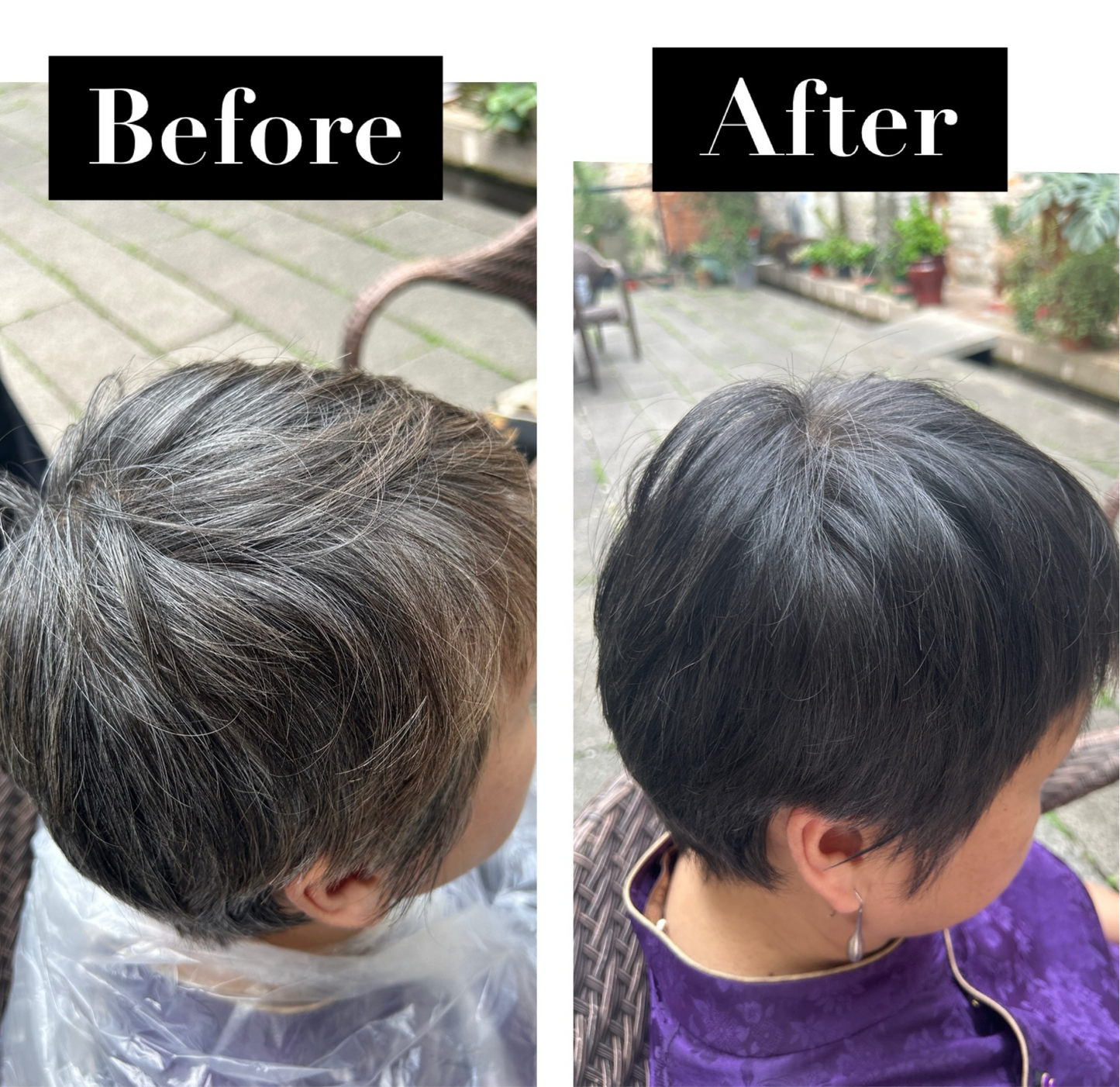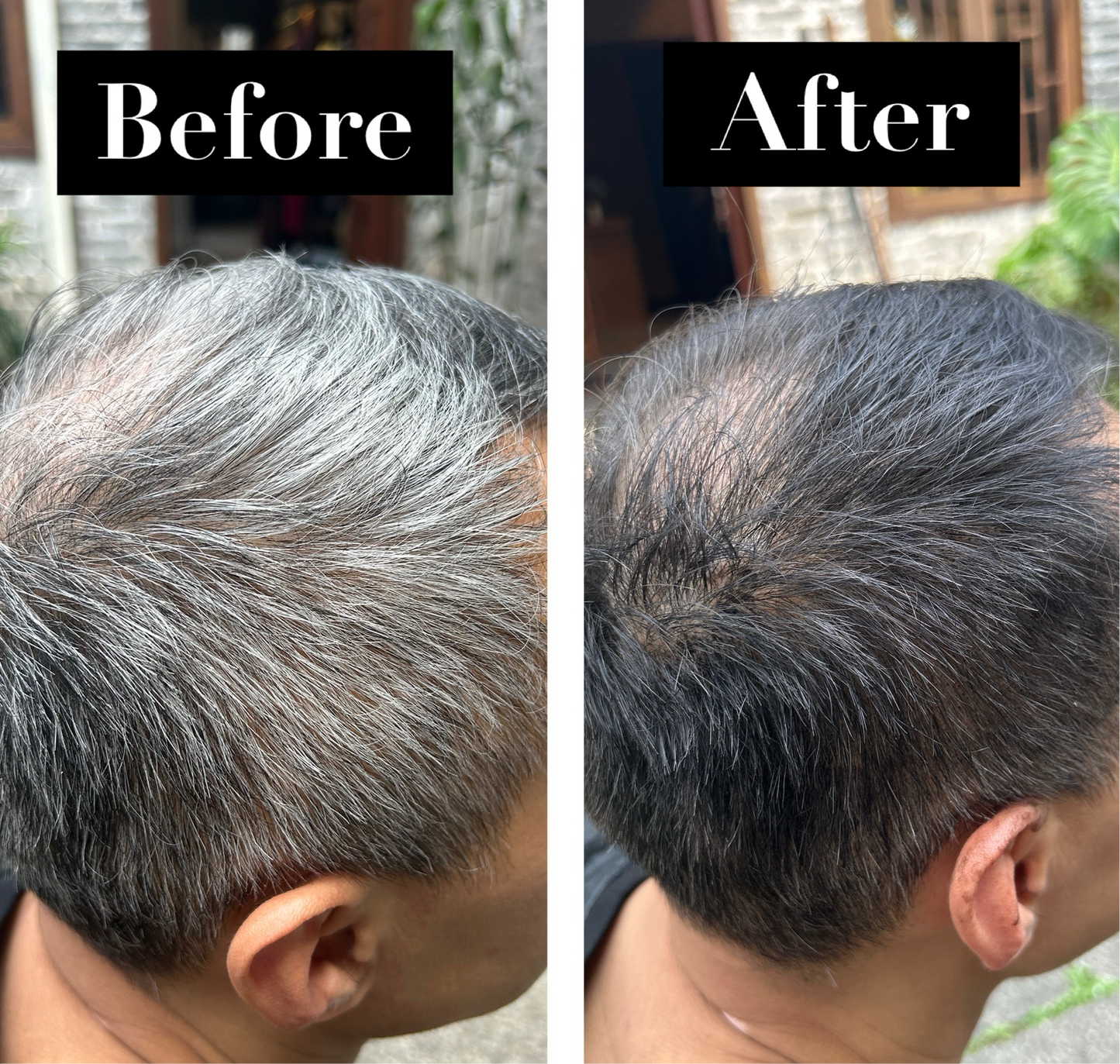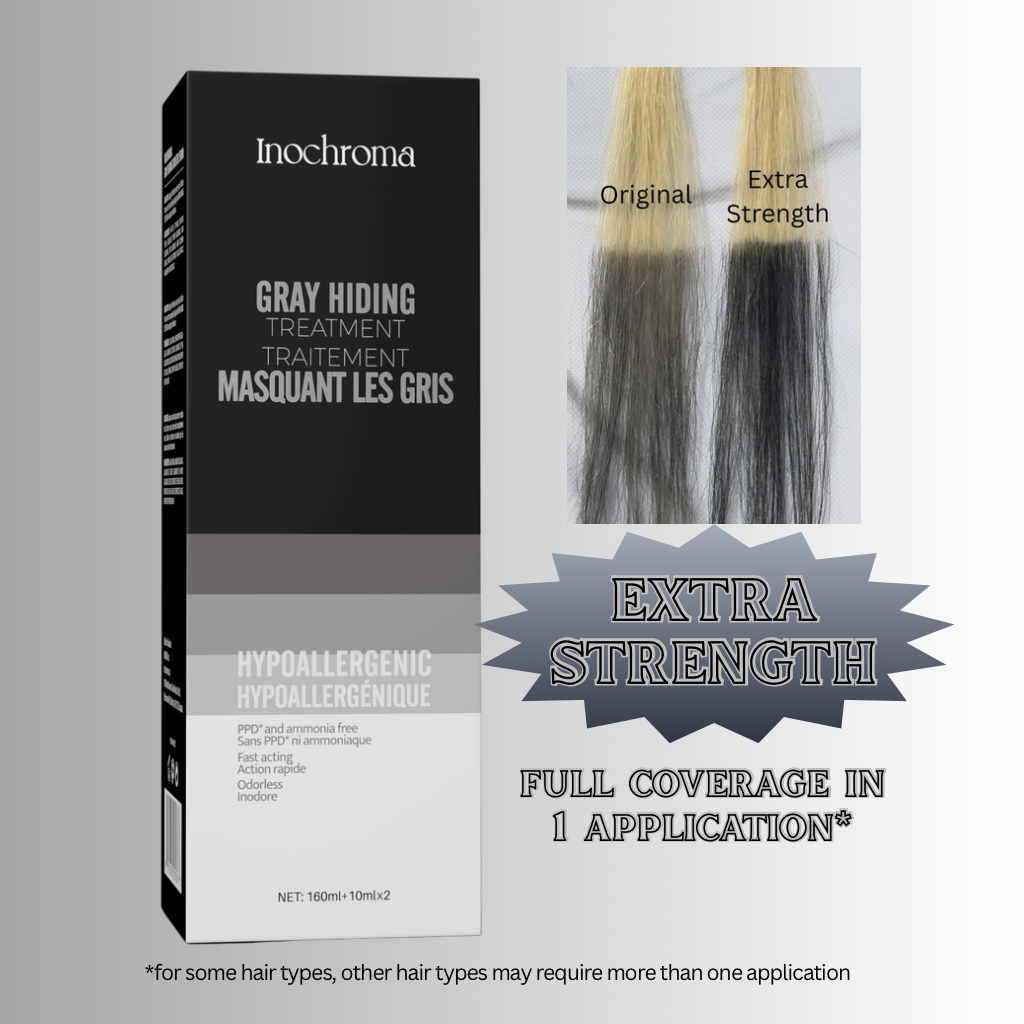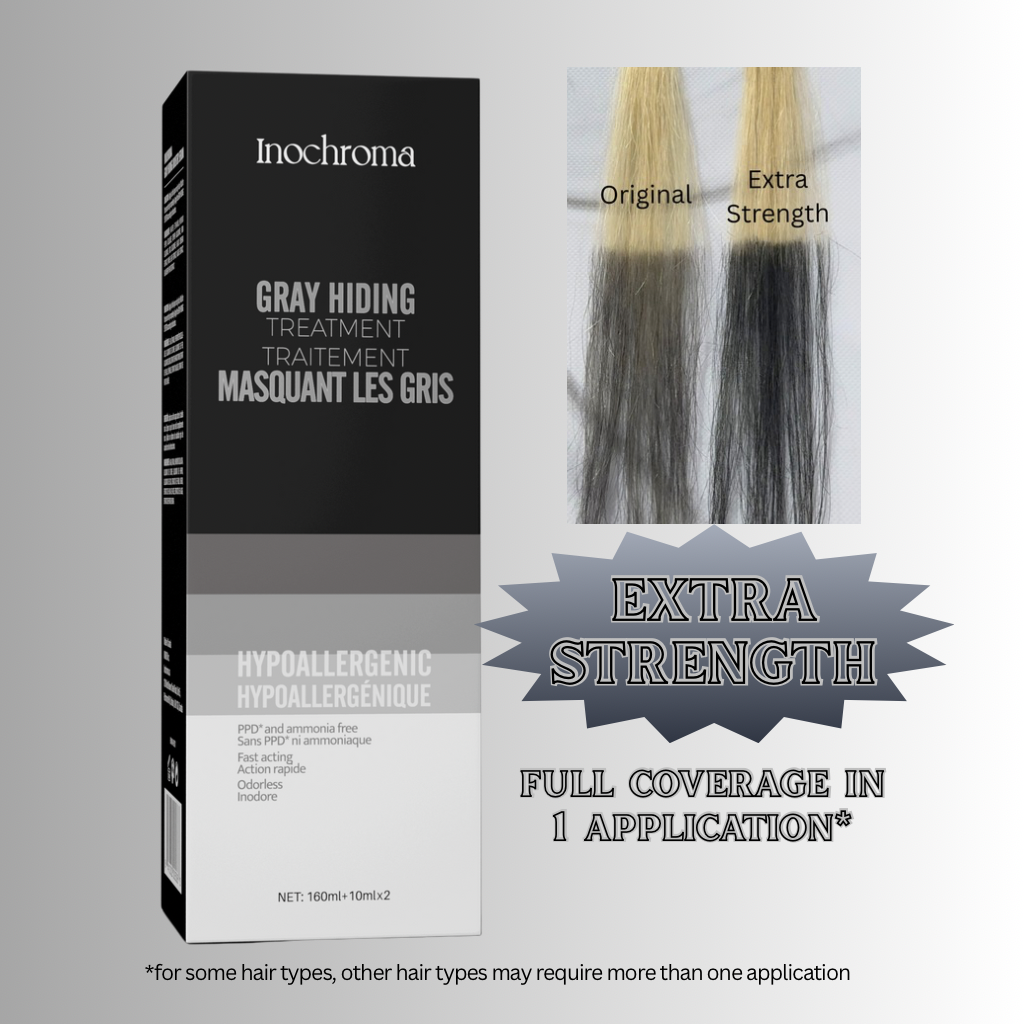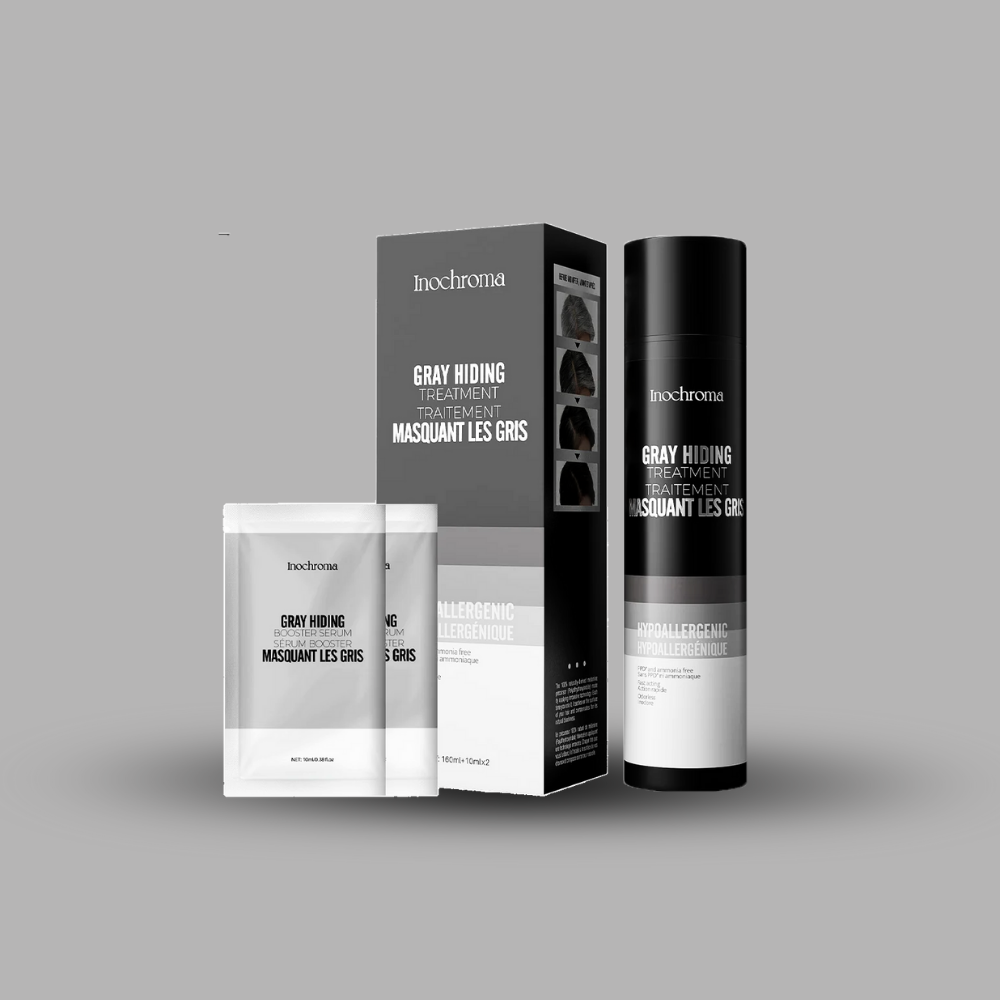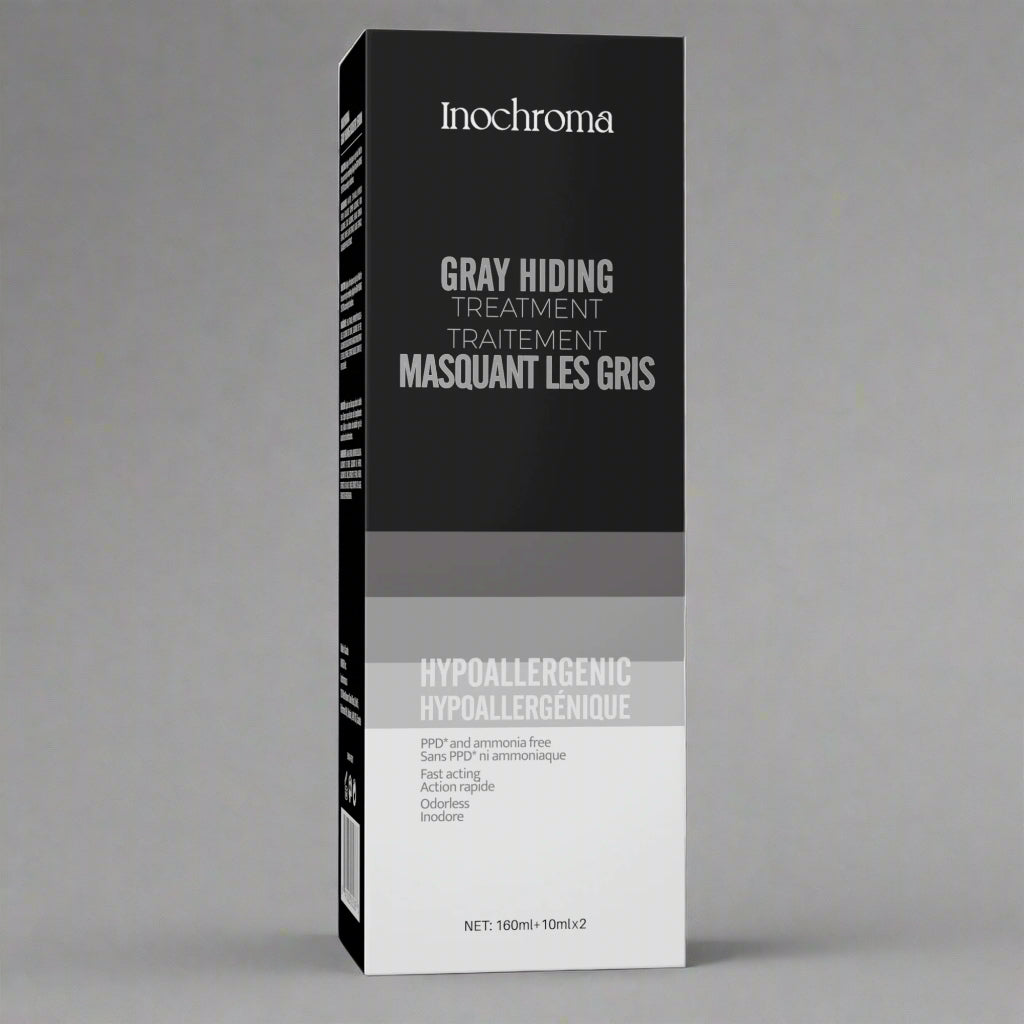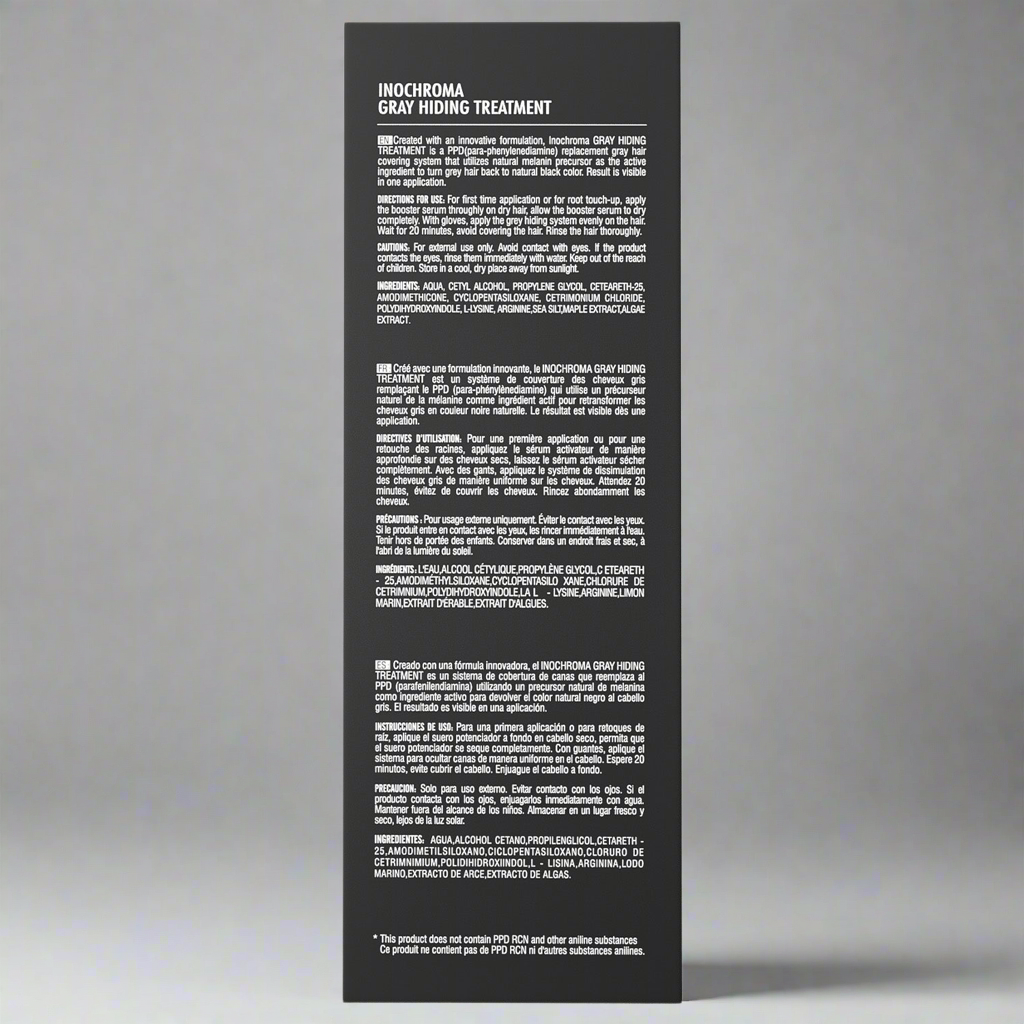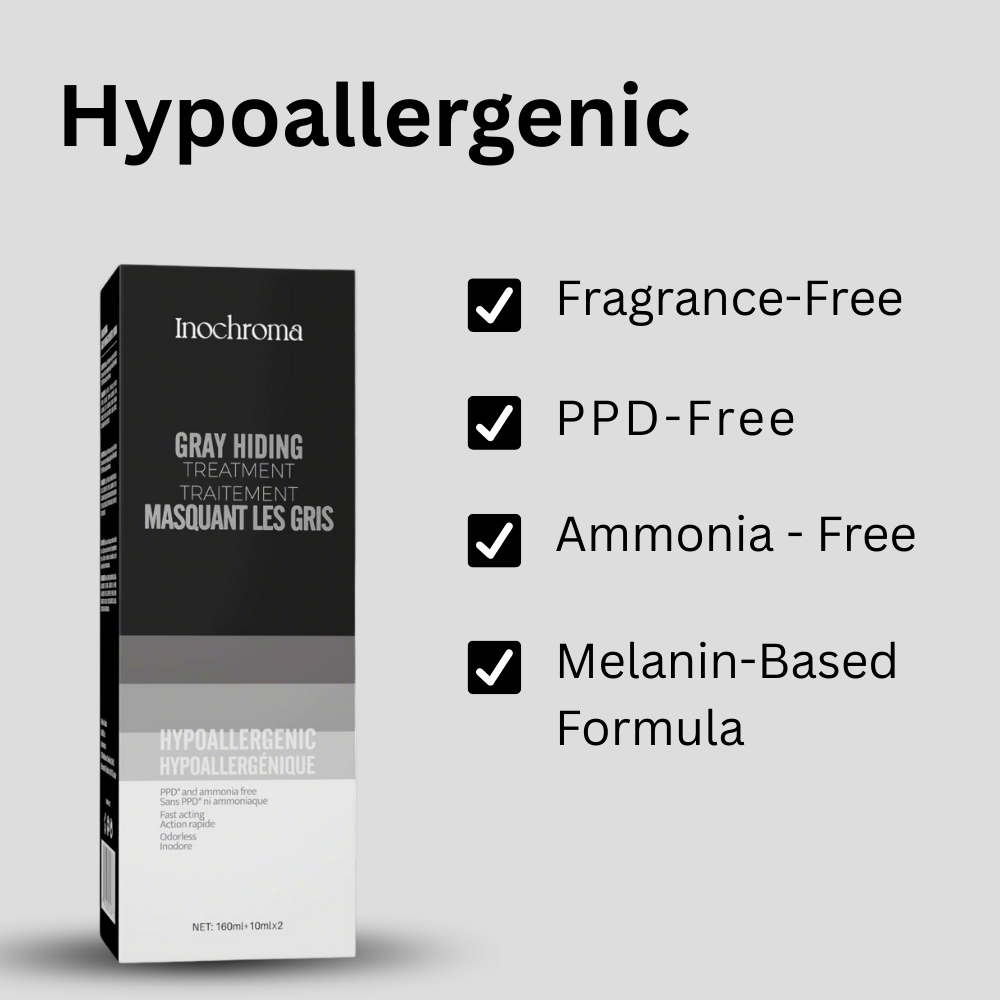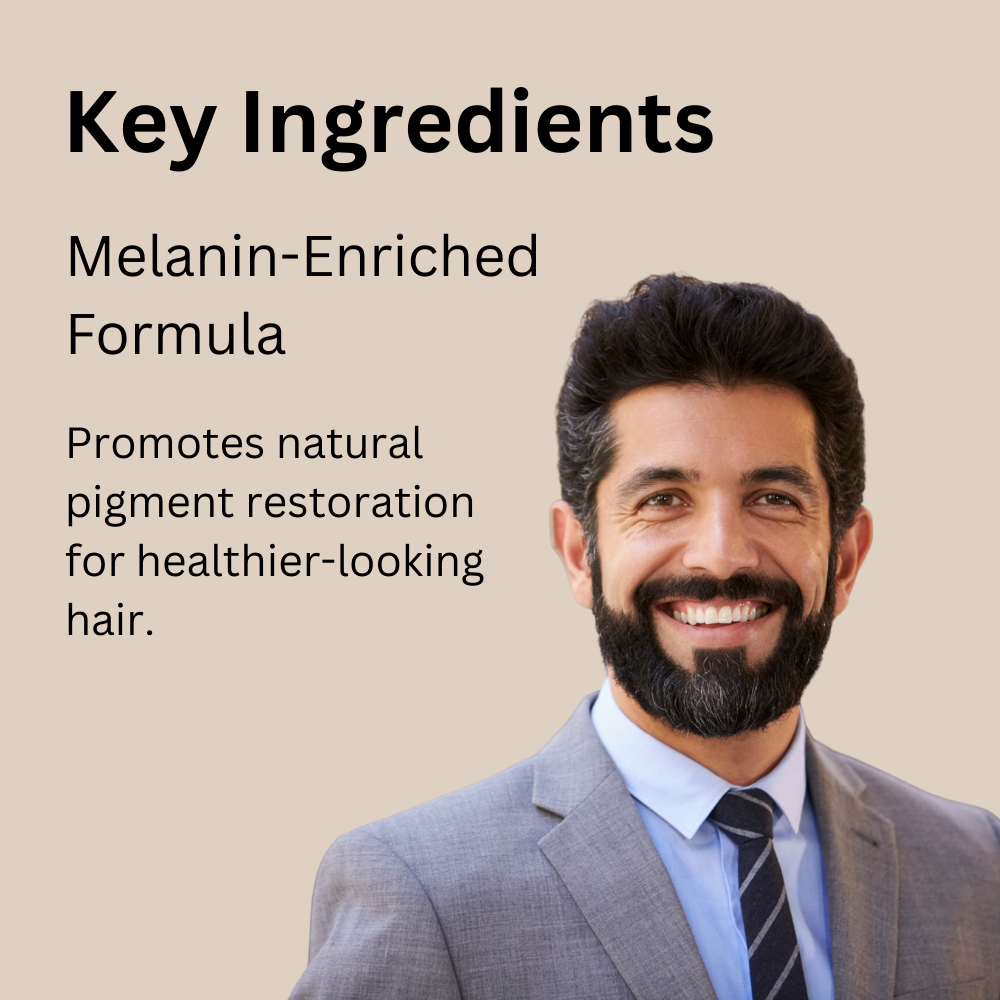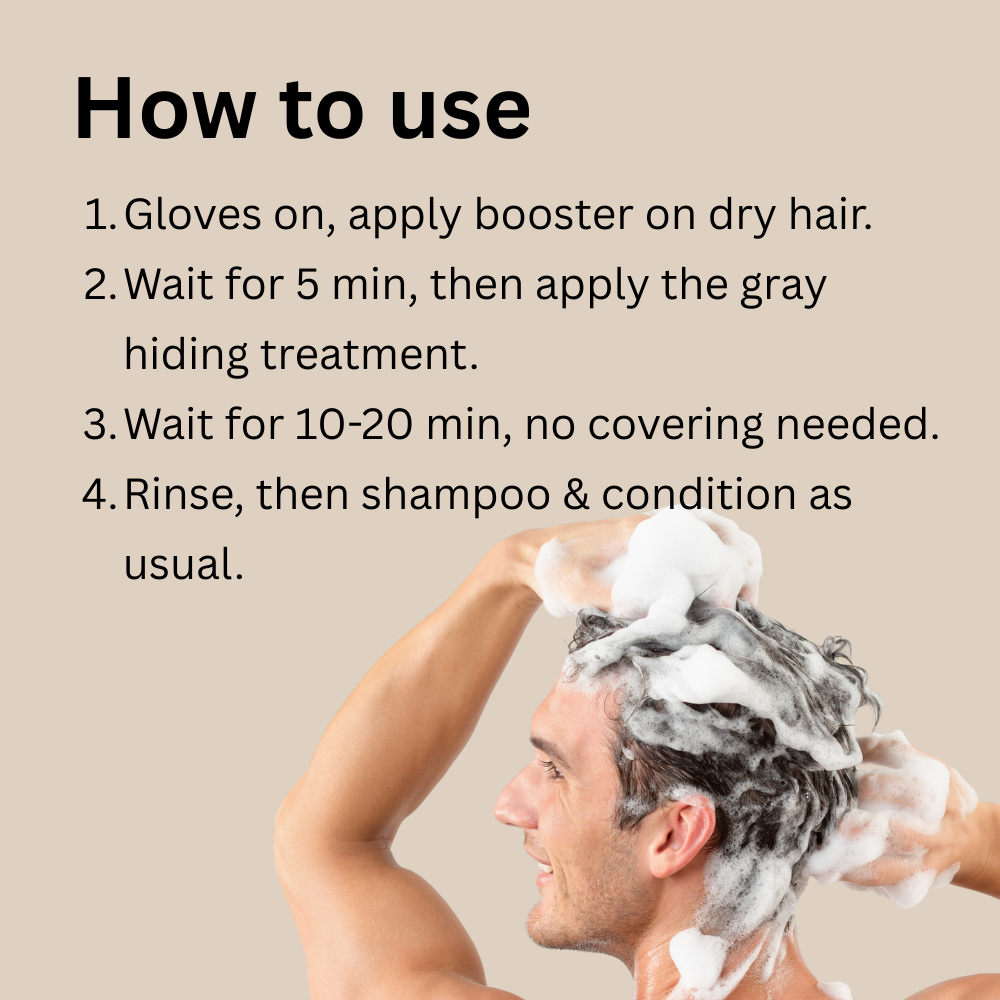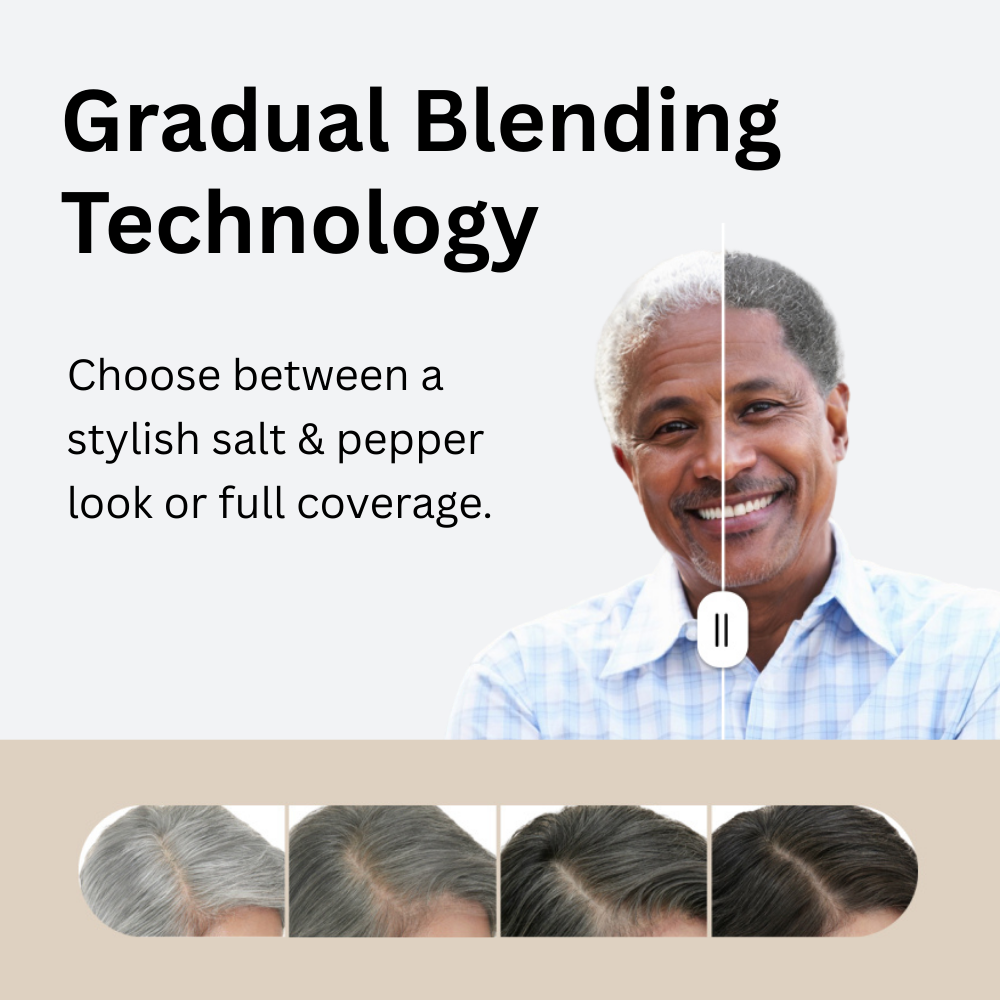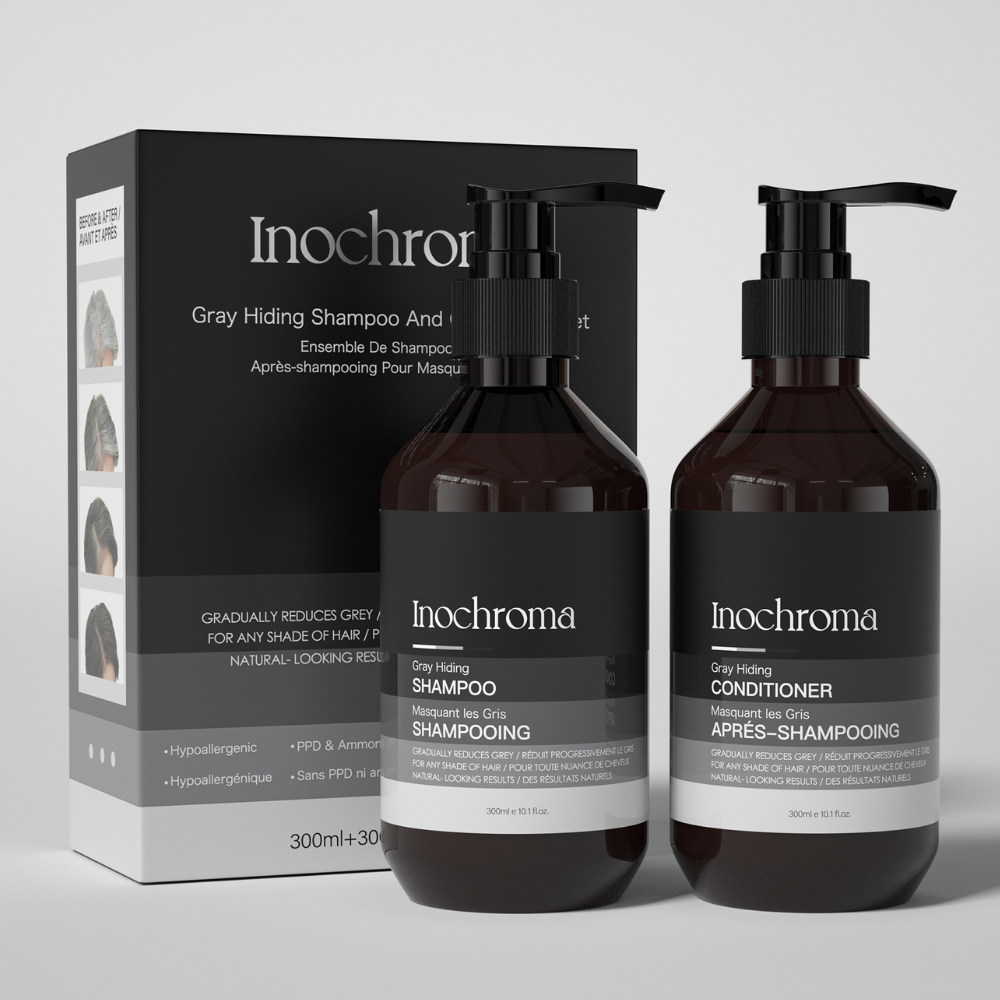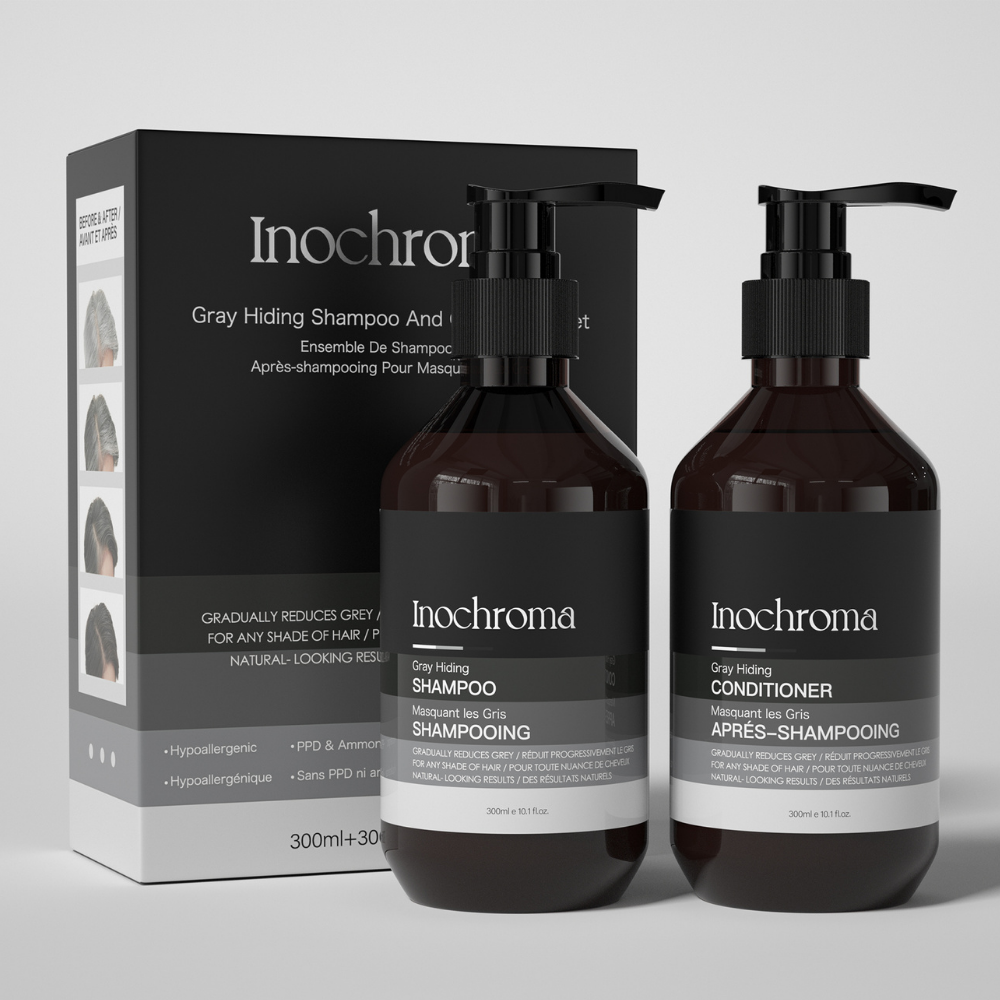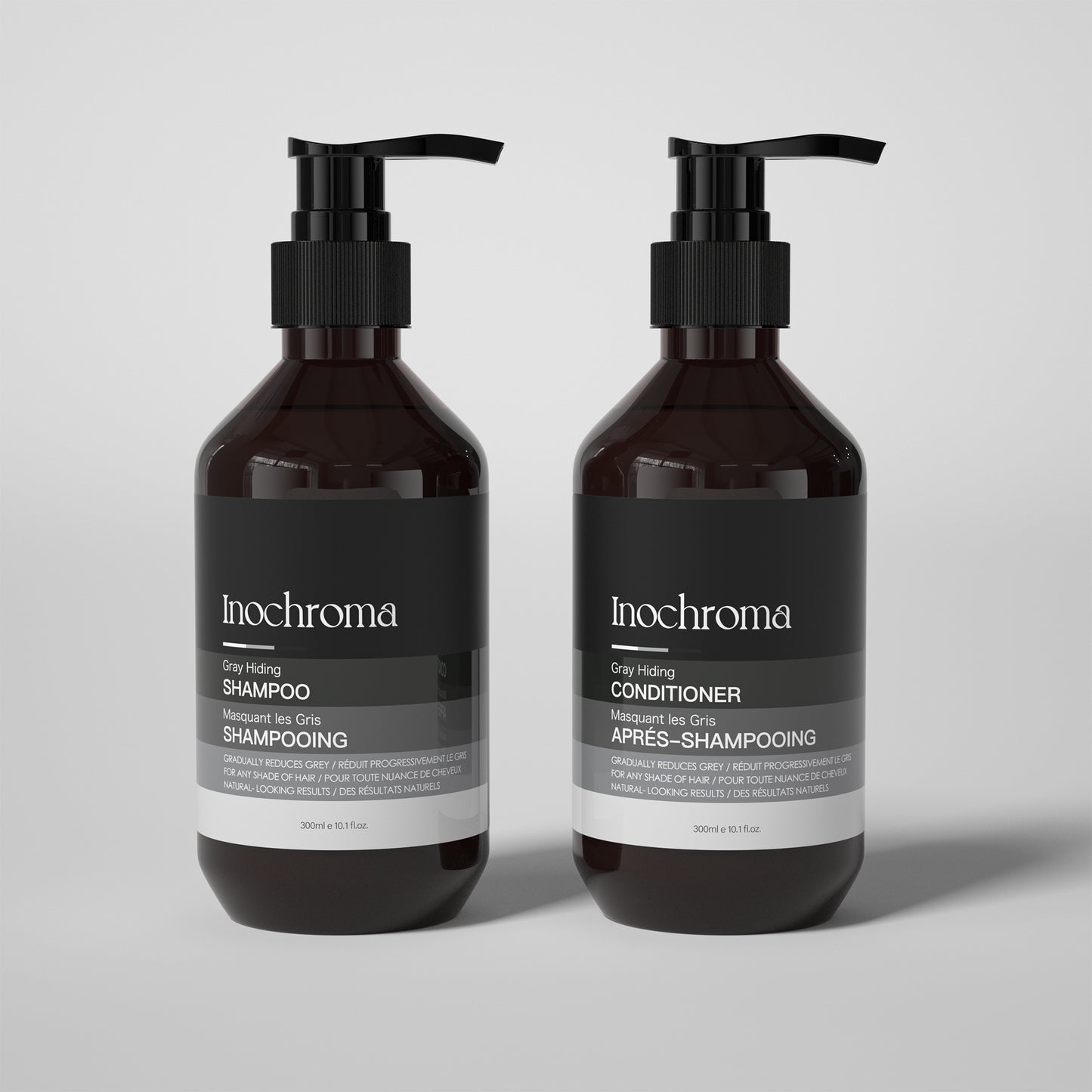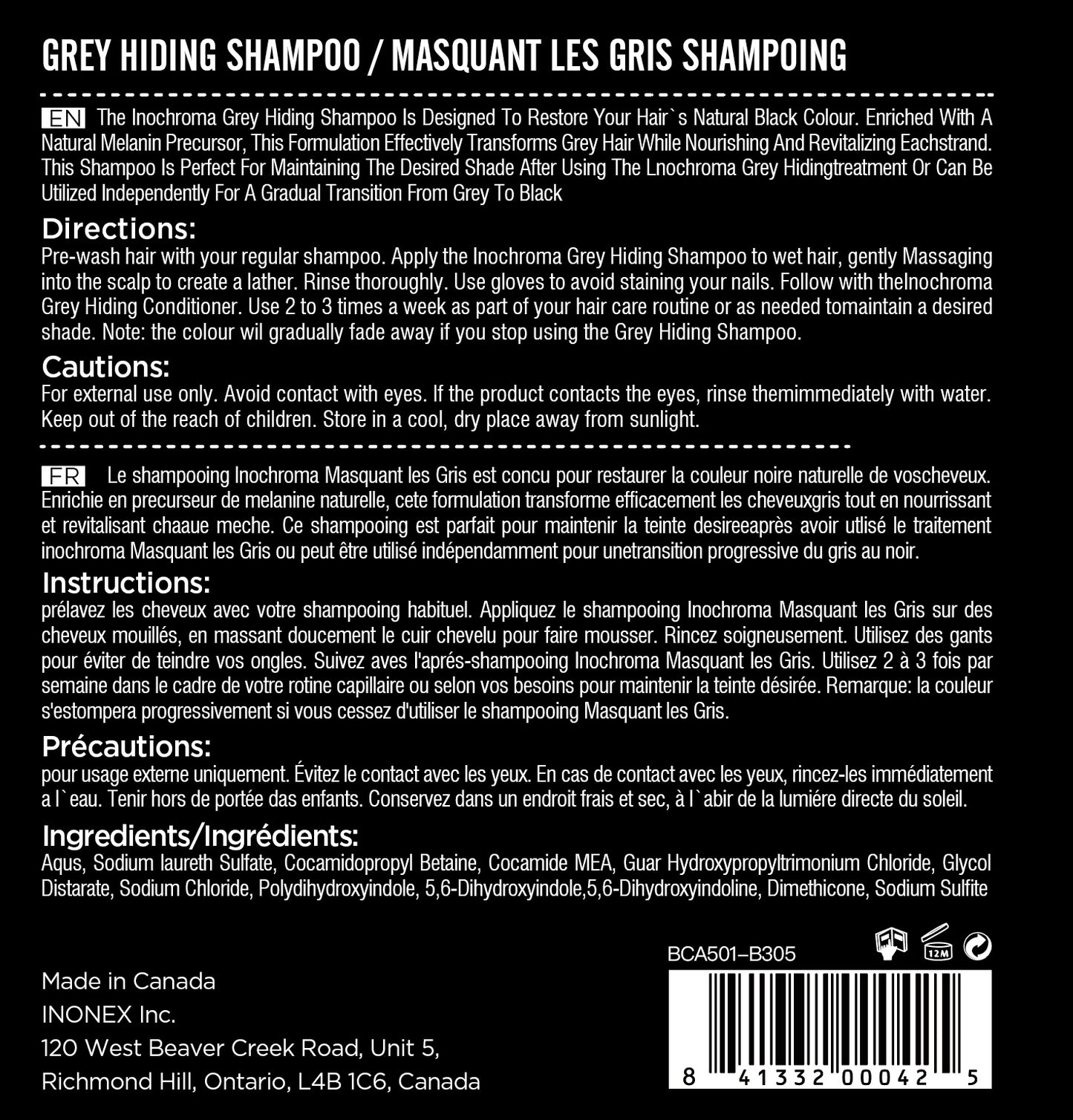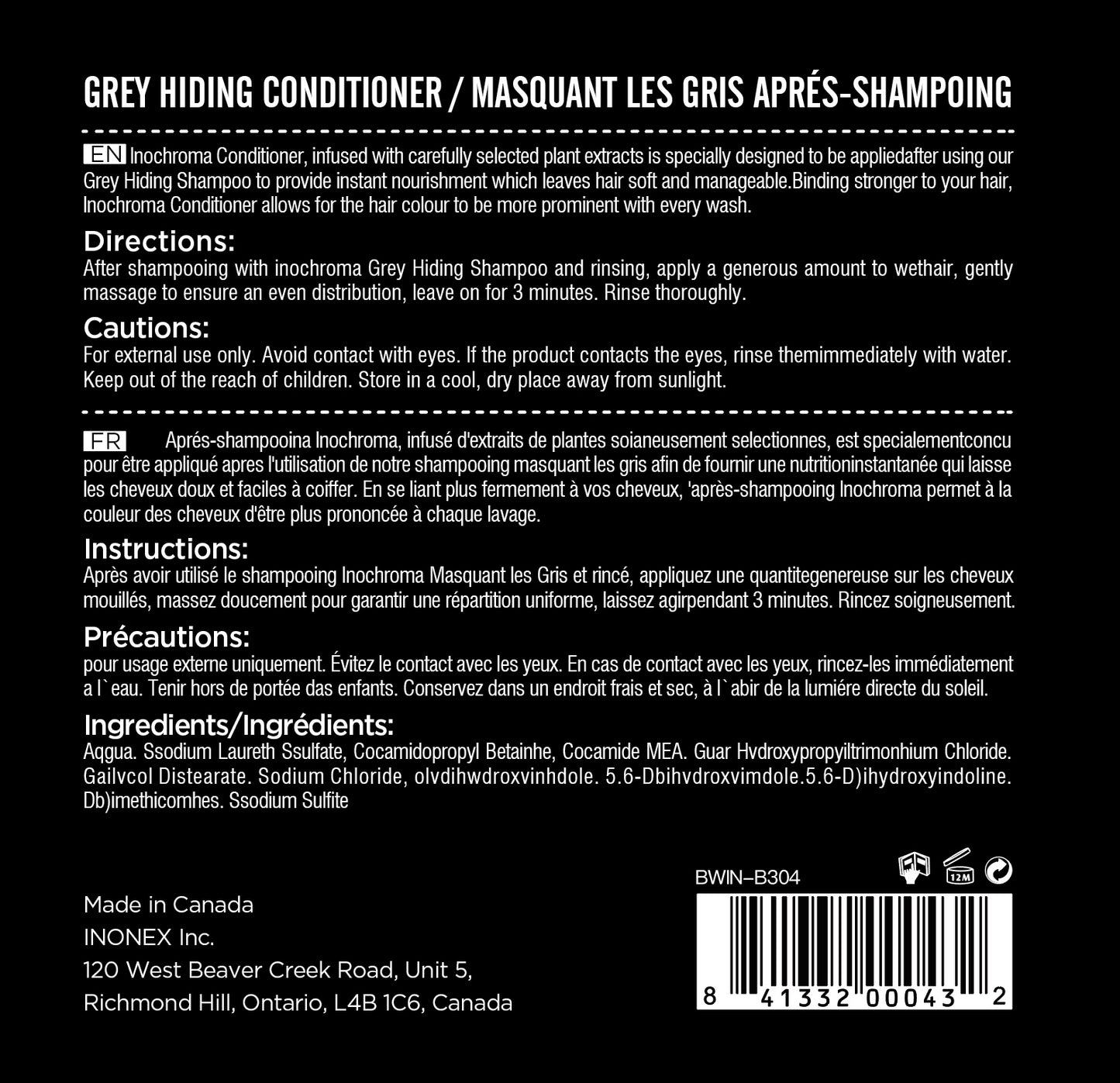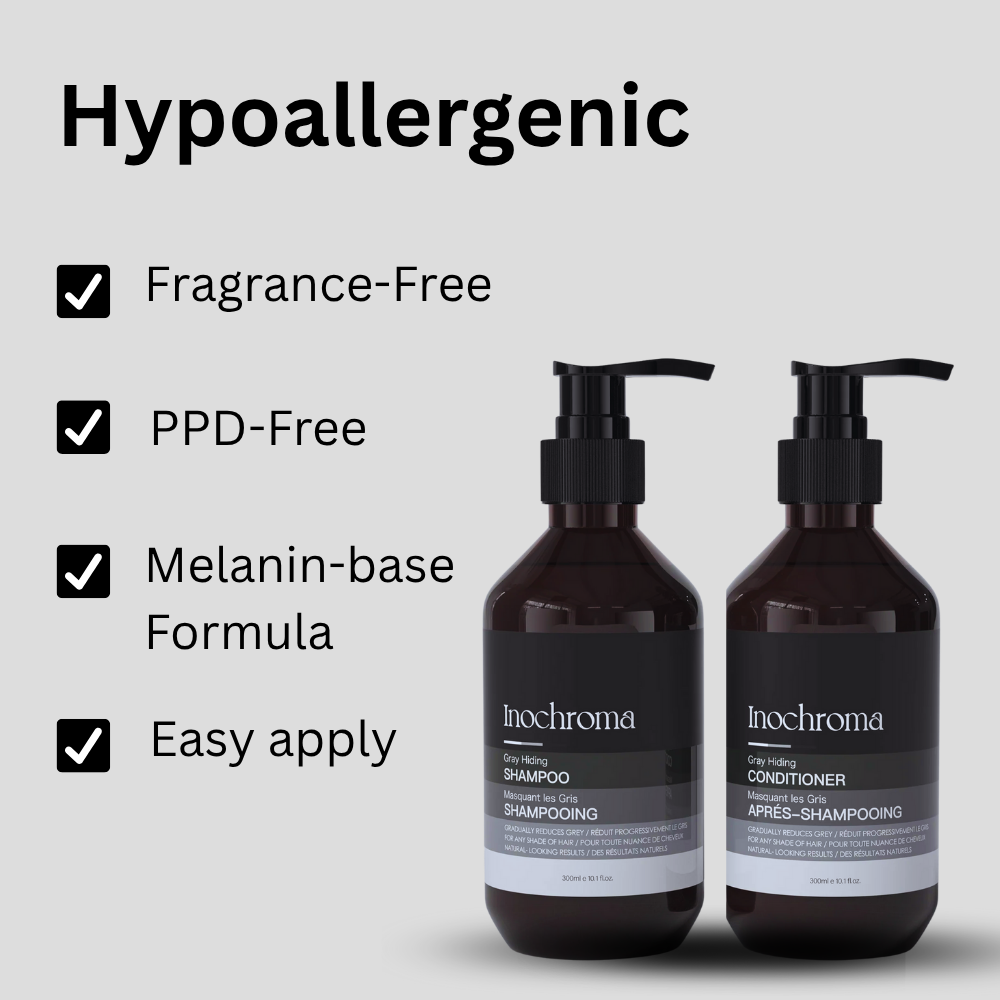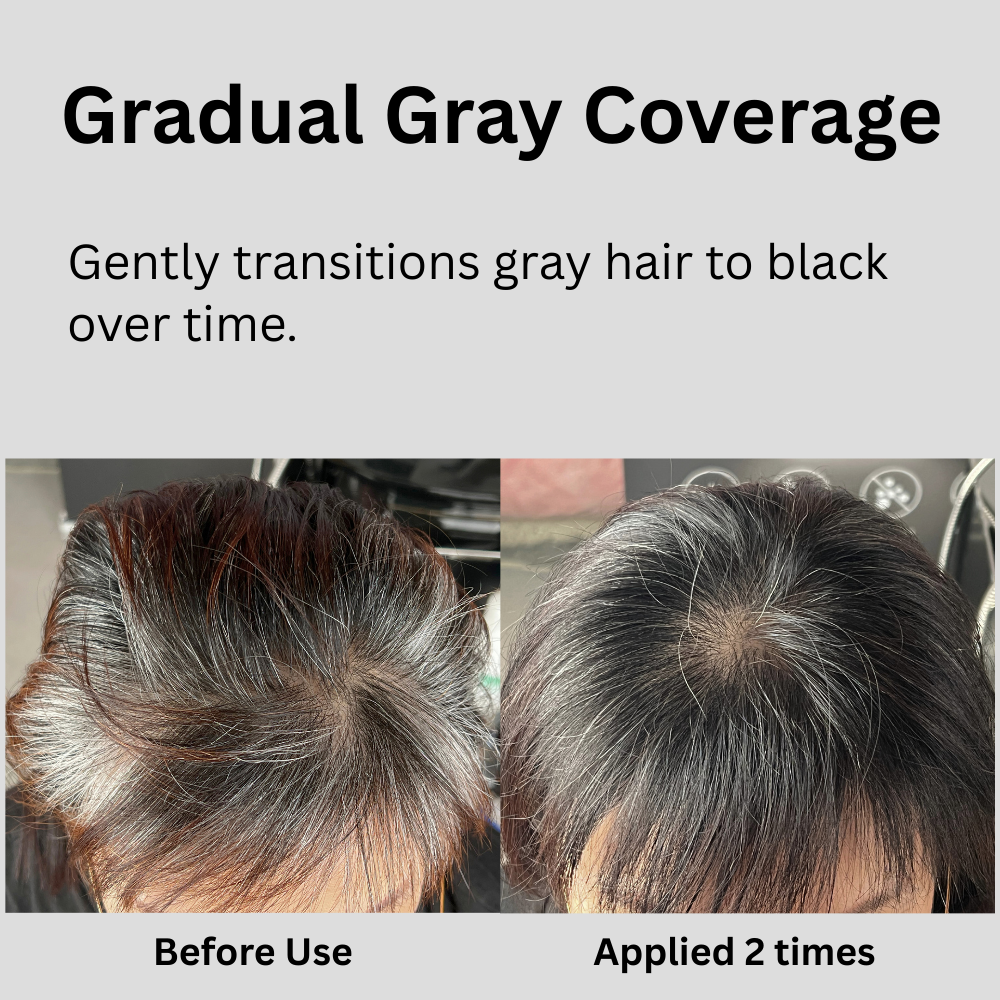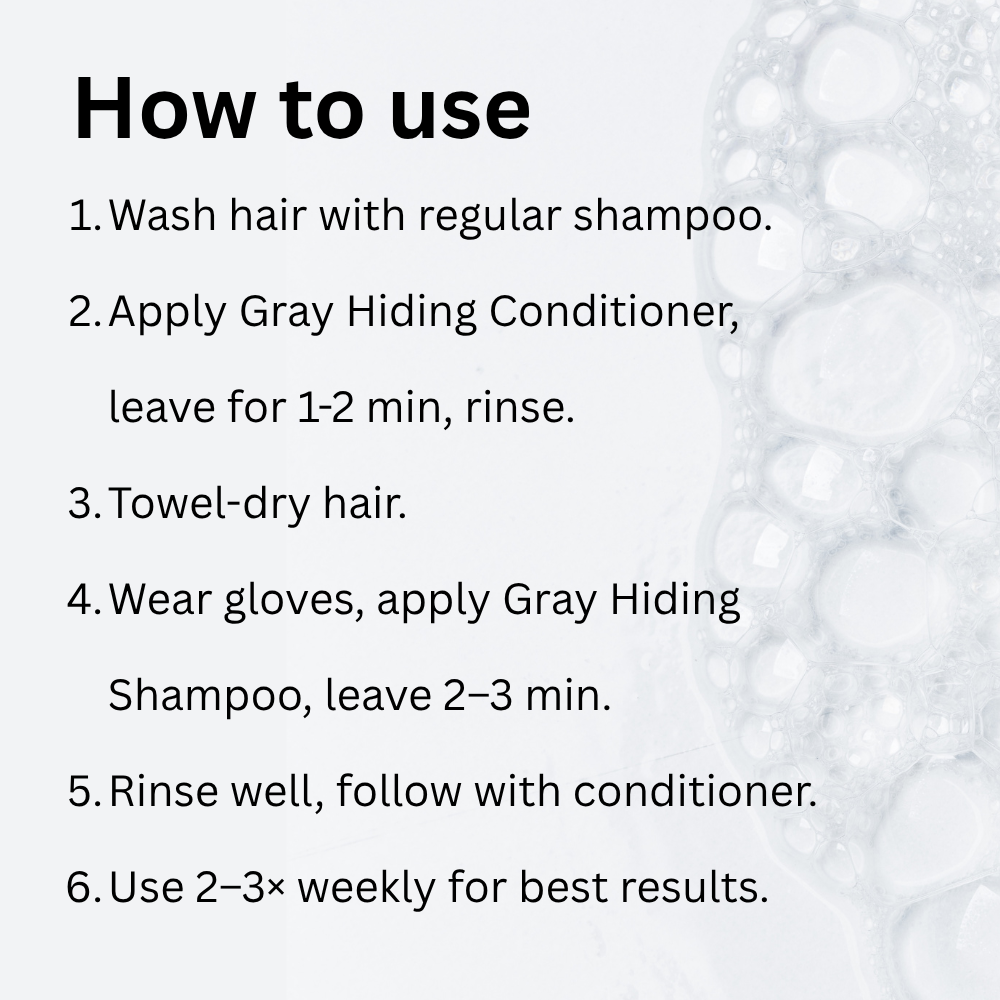Keywords: anti allergic hair dye, non allergic hair dye, allergen free hair dye
For: Anyone who dyes hair and wants to lower the risk of irritation or allergy
TL;DR
- There is no such thing as a 100% “non-allergic” hair dye. These phrases generally mean reduced risk by avoiding known allergens and following safe-use steps.
- The most common triggers are PPD (p-phenylenediamine) and PTD (toluene-2,5-diamine) in oxidative (permanent) dyes.
- Risk can be reduced by choosing PPD-free/low-aromatic-amine formulas, semi-permanent/direct dyes, or temporary/plant-based coverage—and by doing a 48-hour patch test every time.
Why Can Hair Dye Cause Reactions?
Most issues are irritant or allergic contact dermatitis. Typical signs: scalp/temple redness, itching, burning; severe cases may include eyelid/face swelling. Key contributors include:
- PPD (most frequent allergen in dark permanent shades)
- PTD (often used as a PPD alternative but can still sensitize)
- Resorcinol, certain fragrance allergens, preservation systems, and trace metal impurities
- Over-frequent dyeing, compromised skin barrier, or improper use increases risk
“Natural” ≠ “non-allergenic.” Botanical extracts and essential oils can also trigger reactions. Always judge the specific ingredients, not the marketing label.
Decoding the Terms
1) Anti-Allergic Hair Dye
Usually means a risk-mitigated formula—e.g., PPD-free, controlled PTD levels, fragrance-allergen awareness, balanced pH, soothing excipients. It does not guarantee zero reactions.
2) Non-Allergic Hair Dye
As an absolute claim, this can be misleading. Any cosmetic can cause reactions in some people. More accurate language: “reduced-allergen formula” or “free from [specific allergen]”.
3) Allergen-Free Hair Dye
Meaningful only if tied to a defined list (e.g., PPD-free, free from EU-listed fragrance allergens). Since no list is exhaustive and individuals vary, prefer “free from [named allergens]” over “allergen-free.”
Technical Routes to Lower Risk
| Route | What It Means | Color Longevity | Watch-outs |
|---|---|---|---|
| PPD-Free / Low Aromatic Amines | No PPD; carefully controlled PTD/related amines; balanced pH & stabilizers | Medium–High (formula-dependent) | Still patch-test |
| Semi-Permanent / Direct Dyes | Color deposits without oxidation step | Low–Medium (fades with washes) | Gentler for many, but limited gray coverage |
| Plant-Forward / Temporary Coverage | Polyphenols, mineral tints, microencapsulated pigments, air-oxidizing creams | Low–Medium | “Natural” can still sensitize—individual variability |
| Fragrance-Smart & Preservative-Light | Removes or reduces known fragrance allergens; milder preservation | N/A | Must maintain formula safety & stability |
How to Choose a Friendlier Dye (Practical Checklist)
- Read the INCI list: Prefer PPD-free; note if PTD is present; look for fragrance-allergen-aware claims (e.g., excludes the EU’s common fragrance allergens).
- Trust verifiable wording: “Free from PPD / free from X allergen” is clearer than blanket “non-allergic.”
- Start lighter & smaller: Darker shades often need stronger oxidation. Begin with lighter tones or do a partial test application.
- Always patch-test (48h): See the steps below—do this for every new brand or shade.
- Protect the scalp barrier: Don’t dye with scratched/irritated scalp.
- Log your responses: Keep notes by brand, shade, and date.

48-Hour Patch Test (Quick Steps)
- Prepare a small amount exactly as directed.
- Apply a pea-sized spot behind the ear or on the inner forearm.
- Leave it uncovered and dry; avoid washing the spot.
- Observe at 30 min, 24 h, and 48 h for redness, bumps, burning, swelling.
- If any reaction occurs: do not use the product; rinse and seek medical advice if symptoms persist.
FAQs
Q1. Is PPD-free automatically safe?
PPD-free reduces risk but doesn’t make it zero. You might still react to PTD, fragrance components, preservatives, or other ingredients—so still patch-test.
Q2. I react to fragrance—will fragrance-free solve it?
It helps, but dyes themselves may still irritate or sensitize. Keep patch-testing.
Q3. Can I dye hair during pregnancy/breastfeeding?
This is a personal medical decision. Consult your healthcare professional. If proceeding, ensure good ventilation, minimize contact time, and avoid direct scalp contact.
Q4. Do I need permanent dye to cover grays?
Not always. Temporary fibers, touch-up pens/powders, or semi-permanent can soften the contrast with lower reactivity.
Q5. Mild tingling is normal, right?
Brief mild sensation can relate to pH/oxidation. Persistent burning, redness, hives, swelling, or breathing issues are not normal—rinse immediately and seek care.
Compliance & Disclaimer
- This article provides general information only and does not replace professional medical advice.
- Phrases like “anti allergic,” “non allergic,” and “allergen free” should be understood as risk-reduction, not zero-risk claims.
- Always follow the product directions and perform a 48-hour patch test.


